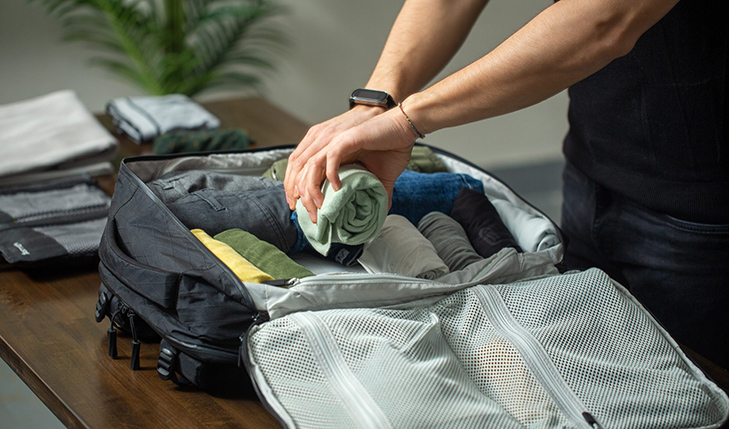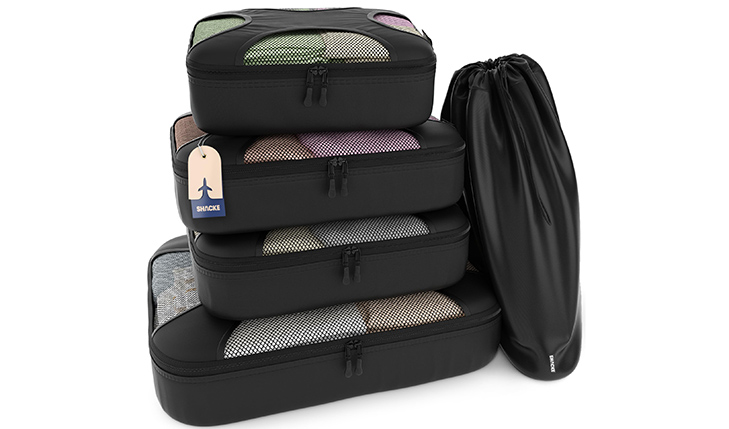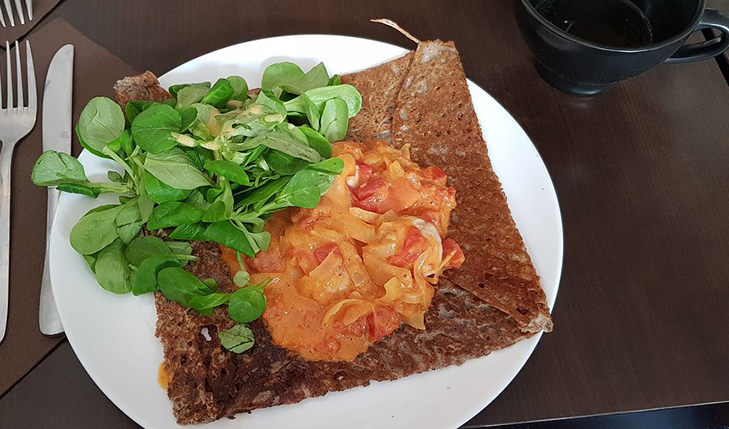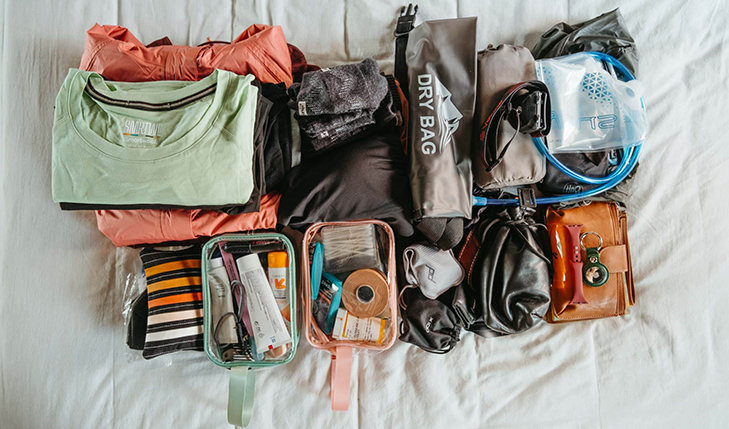Traveling to Caen, a charming city in Normandy rich with history and culture, has always been one of my favorite experiences. I know that enjoying a trip fully also means being prepared and staying safe. Whether it’s your first time or your fifth, there are essential tips and tricks you should know to navigate Caen smoothly and securely. I’ll share my personal insights on everything from what to pack, how to dress, and how to get around safely, to local customs, budget planning, and must-try street food—all based on my real experiences in Caen.
Essential Packing List: What to Bring for Caen
When I first traveled to Caen, I quickly realized the importance of packing smartly. The weather can be quite variable, and the city’s charming cobblestone streets call for practical footwear. Here’s what I always make sure to bring:
- Comfortable walking shoes: Caen’s historic center has many uneven surfaces. I recommend sturdy, closed-toe shoes rather than sandals or heels to avoid slips and blisters.
- Weather-appropriate layers: Normandy weather is famously unpredictable. I carry a waterproof jacket and an umbrella, even in summer, plus light sweaters for cool evenings.
- Portable phone charger: I rely heavily on my smartphone for maps, translation apps, and safety alerts, so keeping it charged is essential.
- Money belt or hidden pouch: To deter pickpockets, I use a money belt under my clothes to keep my passport, cards, and cash safe.
- Reusable water bottle: Caen has several public drinking fountains, so I refill instead of buying plastic bottles—eco-friendly and budget-wise.
- Phrasebook or translation app: Although many locals speak some English, having a basic French phrasebook or app helps immensely and shows respect to the culture.
Dressing for Caen: Practical and Respectful Attire
In Caen, I prefer a casual but neat look. While the city is not overly formal, blending in with locals by avoiding flashy or overly touristy outfits helps me feel more comfortable and less of a target for petty theft. I usually wear:
- Comfortable jeans or trousers paired with a nice top.
- A lightweight scarf, which doubles as a fashion accessory and a way to cover shoulders if visiting religious sites.
- Avoid flashy jewelry or expensive watches which can attract unwanted attention.
Remember, dressing practically also means weather awareness. For instance, during spring and fall, a waterproof jacket is indispensable due to sudden rains.
Understanding Caen’s Weather: What to Expect
Caen has an oceanic climate, with mild summers and cool, wet winters. During my visits:
- Spring (March-May): Weather is mild but can be rainy. I pack a raincoat and umbrella.
- Summer (June-August): Warm but not hot, usually between 20-25°C (68-77°F). Light layers work well.
- Fall (September-November): Similar to spring, expect more rain and cooler temperatures.
- Winter (December-February): Cold but rarely freezing, often damp. Warm coats, hats, and gloves are necessary.
Checking weather apps daily helped me avoid surprises and plan my outdoor activities accordingly.
Embracing Local Culture: Dos and Don’ts
Caen is proud of its rich Norman heritage, and I always try to respect local customs:
- Greetings: A polite “Bonjour” (hello) or “Bonsoir” (good evening) when entering shops or restaurants goes a long way.
- Language: Trying to speak basic French—even if just “merci” (thank you)—is appreciated.
- Quiet hours: French cities tend to be quieter late at night, and loud noise is frowned upon.
- Tipping: Service charge is usually included in restaurant bills, but leaving small change or rounding up is common.
Being mindful of these cultural nuances made my interactions friendlier and more genuine.
Currency and Budgeting: How to Manage Your Money Safely
The currency in Caen, as in the rest of France, is the Euro (€). Here’s how I managed money smartly:
- I used a multi-currency travel card to avoid high ATM fees and unfavorable exchange rates.
- I withdrew cash from ATMs located inside banks or shopping centers rather than on the street to reduce risk of card skimming.
- Keep small denominations handy for street food or small purchases, as some vendors do not accept cards.
- My daily budget varied between €60-€100 depending on meals and activities, but Caen is generally affordable compared to Paris.
Getting Around Caen: Public Transport and Metro Tips
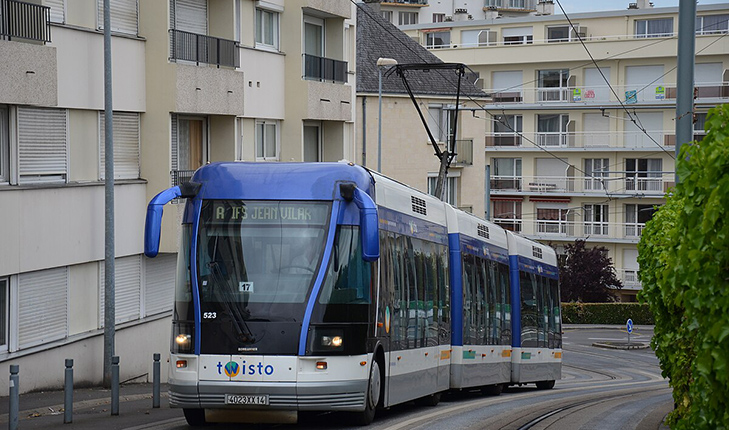
Caen doesn’t have a metro system like Paris, but it has a reliable network of buses and trams operated by the Twisto system. Based on my experience:
- Trams: The tram line A connects the city center with key points like the train station and university. It’s fast, safe, and clean.
- Buses: Many lines cover the city and suburbs. Buses are less frequent in the evening, so plan accordingly.
- Tickets: You can buy tickets at vending machines near tram stops, or via the Twisto app. Single tickets cost around €1.50, and day passes about €4.
- Safety tips: Always keep your ticket visible when asked and be aware of your belongings on crowded trams or buses.
Compared to Paris’s metro, Caen’s public transport is simpler but less extensive, so walking is often my preferred way to discover hidden corners of the city.
Street Food in Caen: Must-Try Snacks and Safety Tips
One of my favorite parts of traveling is sampling local street food, and Caen offers some delightful treats:
- Teurgoule: A creamy, cinnamon-infused rice pudding typical of Normandy, often found at local markets.
- Galettes: Buckwheat crepes filled with cheese, ham, or eggs, perfect for a quick, tasty snack.
- Camembert sandwiches: Using Normandy’s famous cheese, these are a rich and satisfying bite.
- Cidre: Not a snack, but a traditional Normandy cider that pairs wonderfully with local food.
Safety tips: I only ate street food from vendors with visible hygiene practices, and I avoided anything that looked like it had been sitting out too long. Bottled water is always my choice for drinks.
Getting a Local SIM Card: Staying Connected in Caen
Reliable communication is key to safety and convenience, so I recommend getting a local SIM card soon after arrival.
- The main French providers are Orange, SFR, and Bouygues Telecom.
- I purchased an Orange prepaid SIM at the airport kiosk. The starter pack cost about €10 and included some data and calls.
- SIM cards can also be bought in city electronics shops or supermarkets.
- Activation is usually instant; you’ll need your passport for registration.
- Using local data helped me access maps, translation apps, and emergency contacts without worrying about roaming charges.
Planning a 5-Day Mini Itinerary in Caen: Balancing Fun and Safety
When I planned a 5-day trip to Caen, I aimed for a mix of history, nature, and local life. Here’s what worked well:
Day 1: Explore Caen’s historic center — Château de Caen, Abbaye aux Hommes, and the old town streets. Walking here is safe during the day, but I avoided poorly lit alleys at night.
Day 2: Visit the Caen Memorial Museum for WWII history — easily accessible by tram and full of insightful exhibits.
Day 3: Take a short trip to nearby Bayeux, famous for its tapestry, accessible by train in 20 minutes.
Day 4: Relax in Jardin des Plantes, a beautiful botanical garden perfect for picnics and people-watching.
Day 5: Spend the day at the Normandy beaches (Omaha Beach) — I booked a guided tour that handled all transport and ensured a safe and informative experience.
Adjust your itinerary to your pace and preferences, but always keep emergency numbers handy and share your plans with family or friends.
Adjusting Your Budget for Caen
Caen can be explored on various budgets. Here’s how I managed mine:
- Accommodation: I stayed in a mid-range boutique hotel with breakfast included (€70-€100 per night). Booking early on platforms like Booking.com or Airbnb gave me better rates.
- Food: I balanced eating at local bistros (€15-€25 per meal) with occasional street food or supermarket meals to save money.
- Transportation: The Twisto pass for 3 days cost me around €10 and was worth it.
- Entrance fees: Museums like the Caen Memorial charge about €20; book tickets online for discounts.
- Extras: I always set aside a little extra for souvenirs or unexpected expenses.
Recommended Day Trips from Caen
Aside from Bayeux and the Normandy beaches, I suggest:
- Falaise: Birthplace of William the Conqueror with a well-preserved castle.
- Bessin Marshes: Great for birdwatching and gentle hikes.
- Lisieux: Famous for its Basilica and charming streets.
Each destination can be reached by regional trains or tours, with clear safety protocols and helpful guides.
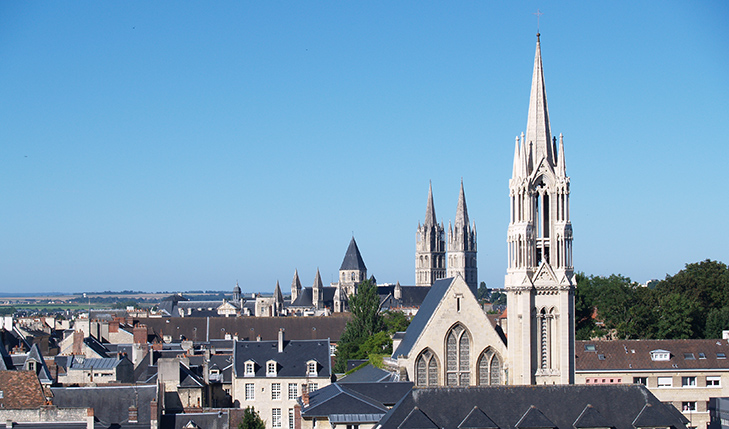
Travel Insurance Recommendations for Caen Visitors
I never travel without insurance. For Caen, I trust World Nomads for its comprehensive coverage and traveler-friendly claims process. It covers:
- Medical emergencies and evacuation
- Trip cancellation or interruption
- Lost or stolen belongings
- Adventure activities coverage (important if you plan beach or hiking trips)
The policy costs around €50-€70 for a week, depending on your age and options. I always purchase insurance right after booking flights to protect my investment.
Personal Safety and Enjoyment in Caen
From my multiple visits to Caen, I learned that a balance of preparation, local awareness, and open curiosity is the best way to enjoy this beautiful city safely. Keep your belongings close, stay in well-populated areas after dark, and embrace the warm Norman culture with respect and enthusiasm. Caen offers a unique blend of history, gastronomy, and natural beauty, and with the right tips, your visit can be not only safe but truly unforgettable.
